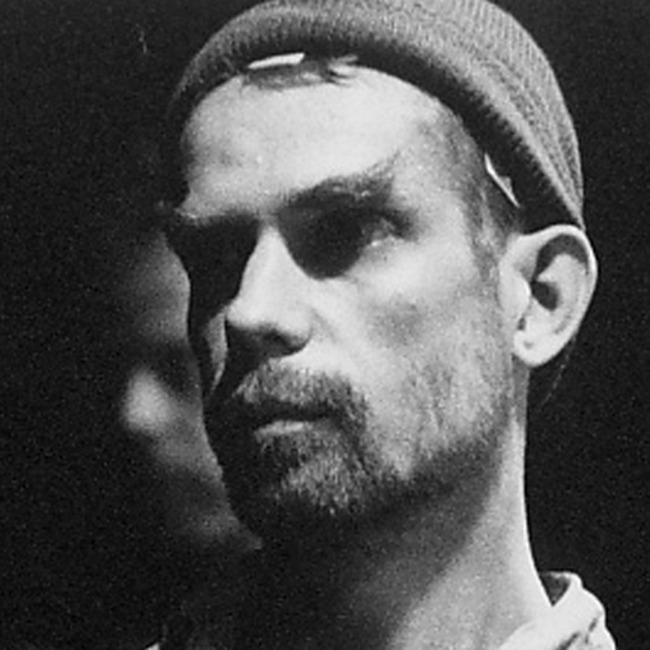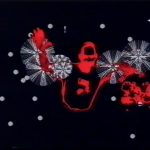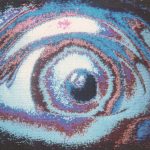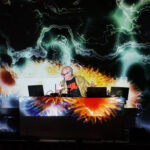Tim Gruchy

Most Recent Affiliation(s):
ISEA Bio(s) Available:
ISEA2024
Tim Gruchy’s career spans exploration and composition of immersive and interactive multimedia through installation, music and performance, redefining its’ role and challenging delineations between cultural sectors. He has exhibited multimedia works, photography, video, music and performance since the early 1980s on 5 continents also with larger expressions in public art arenas.
His installations and performances feature in many international and Australasian institutions, festivals and public spaces including GUAM 2023, IlluminateADL 2021, Future Intelligence Shanghai 2019, WOMAD (2018/7), Wenzhou Bienalle (2016), Dak’Art Dakar (2016), Auckland Arts Festival (2015 & 2009), New Zealand Arts Festival (2014), SCOUT Auckland (2012), Biennale of Sydney (2012) (collaboration), Beijing 798 (2011), Shanghai Expo (2010), 2nd Asian Art BIennial Taiwan (2009), Melbourne International Arts Festival (2009), Adelaide Festival (1986-2008), and Sydney Festival (2004). Theatre and opera credits include ‘AIDA’ Sydney Opera House and touring Australia (2009-2013), ‘Ainadamar’, Adelaide Festival (2008), ‘Leningrad Symphony’ (2006). His designs have featured in works by Opera Australia, OzOpera, Sydney Theatre Company, Australian Dance Theatre, Auckland Philamonia Orchestra and Mau.
He is Adjunct Professor at the University of South Australia, and was Art Director and Distinguished Professor of the Digital Art Department, Shanghai Academy of Fine Arts from 2018–2021.
His research is in areas of interactivity, the human computer interface, performative interactives, having established dedicated labs at QUT in Brisbane and SAFA in Shanghai.
Represented by Mais Wright Gallery in Sydney.
He has lectured and facilitated workshops in video art and interactive digital design at creative institutions worldwide including Griffith University (Brisbane); Shanghai; Future University of Hakodate (Japan); National Institute of Dramatic Art (Sydney); University of Technology Sydney; Te Papa (NZ) and QUT (Brisbane). He has been extensively involved in museum design and projects at the intersection of architecture and multimedia.
ISEA
Tim Gruchy (Australia) originally studied architecture and later music at the University of Queensland. His art practice is performative, and, as a designer of interactive installations, often created in collaboration with his brother Mic. Tim and Mic Gruchy were the video designers for the Rat Party series, which were organised by the Recreational Arts Team in Sydney as of 1987 [source: scanlines.net/person/tim-gruchy]
TISEA
An important figure in the rise of video art especially in relation to music, installation and performance, Tim Gruchy originally studied architecture and later music at the University of Queensland. His art practice is performative, and, as a designer of interactive installations, often created in collaboration with his brother Mic. Tim and Mic Gruchy were the video designers for the Rat Party series, which were organised by the Recreational Arts Team in Sydney from 1987–1992.
Gruchy’s work has featured in international and Australian festivals including: 2nd Asian Art Biennial, Taiwan (2009); Melbourne International Arts Festival, Melbourne, Australia (2009); Auckland Festival, Auckland, New Zealand (2009); Festival of Visual Arts, Adelaide, Australia (1986–2008); Taranaki Arts Festival, New Zealand (2007); People’s Day, Major Brisbane Festivals, Brisbane, Australia (2006); Sydney Festival, Sydney, Australia (2004). Theatre and opera credits include Ainadamar (Adelaide Festival), The Leningrad Symphony (Adelaide Symphony Orchestra), and HAIR.
Gruchy’s visual designs have featured in productions by Oz Opera, Sydney Theatre Company, ATYP | Australian Theatre For Young People, Performing Lines, and Australian Dance Theatre (ADT). His designs and video art have been exhibited at the Museum of Brisbane, Museum of Sydney, Museum of Contemporary Art (Sydney), and in New Zealand, China, Taiwan, Japan, Thailand, USA, UK, The Netherlands and Belgium.







